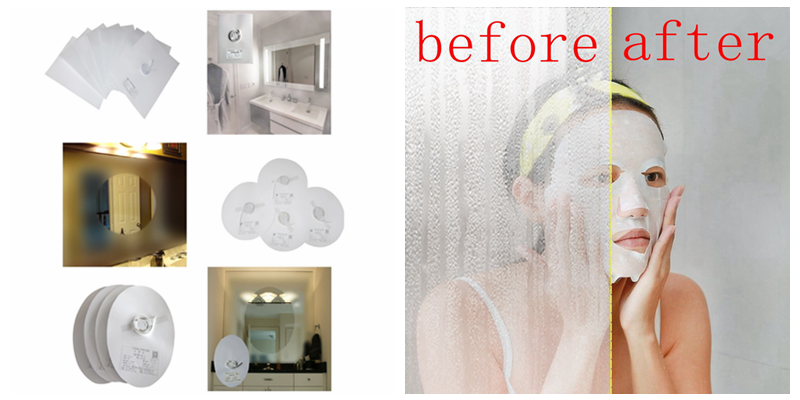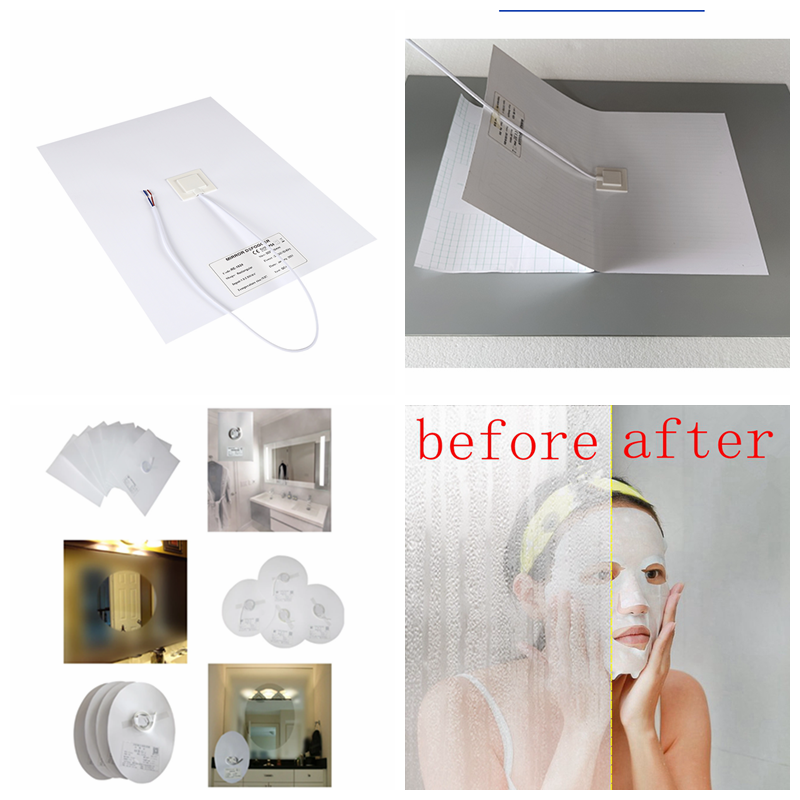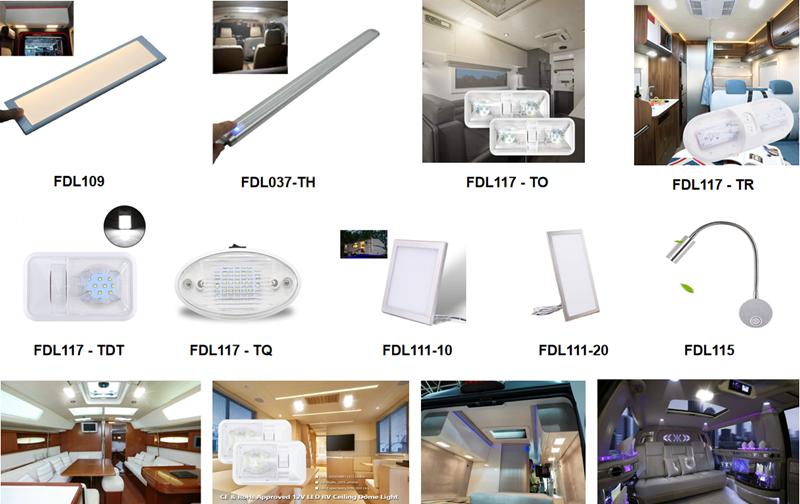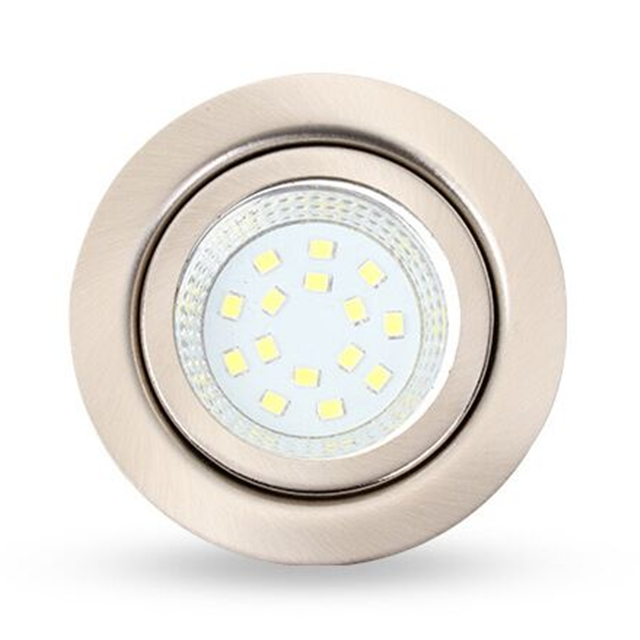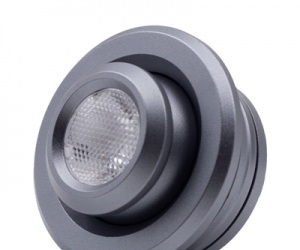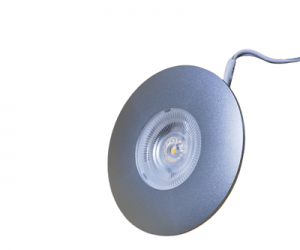A door sensor is a peripheral security sensor that lets an alarm system know whether a door is opened or closed. When a door is opened, the sensor will activate and let the system know about the situation. The system will then respond based on the programming settings for that zone.
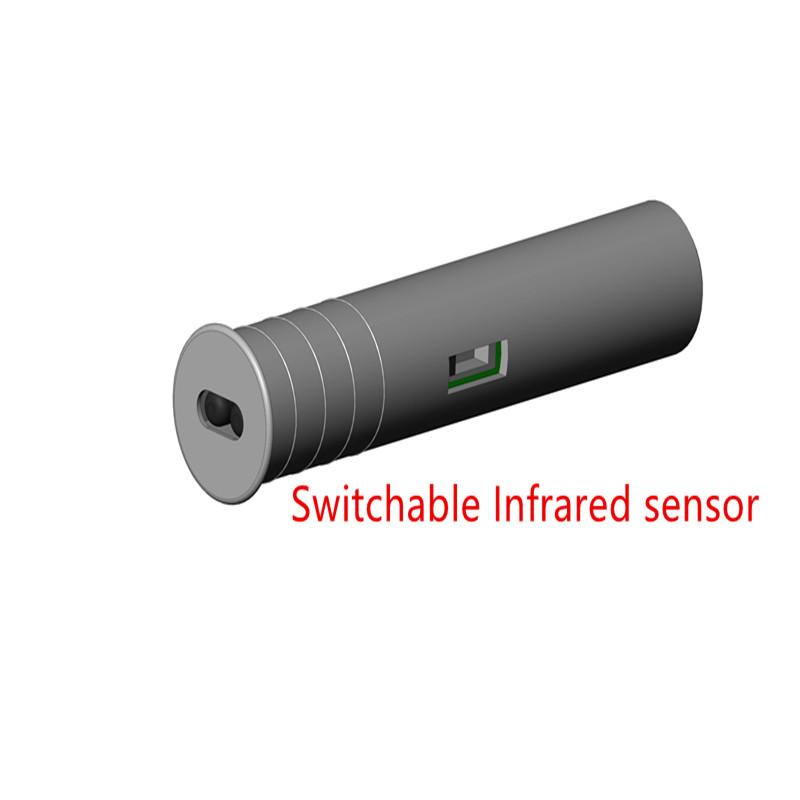
Most door sensor operate in a relatively similar manner. They usually consist of two parts - a sensor and a magnet. The sensor is considered more valuable, and certain measures are taken to protect it from damage. This is why the sensor is usually placed on the stationary frame of the door so that it does not move with regular use. The magnet is less valuable, and it can be more easily replaced. It is placed on the moving portion of the door itself. For proper operation the magnet will usually need to be within a half-inch, preferably in direct contact, with the sensor when the door is closed. This is why door sensors are commonly referred to as "door contacts".
Whenever the door is opened, the magnet will move and become separated from the sensor. This will cause a reed switch inside the sensor to activate. Once this happens, the sensor will send an alert to the alarm control panel to let it know that the door has been opened. The system will then respond based on its current arming state, as well as the programming settings for that zone. Some common system responses that can occur with a door being opened can include requiring a system disarm within an entry delay period, triggering an immediate system alarm and producing a simple chime or voice annunciation at the panel.
Door sensor can either be surface-mounted or recessed. A surface-mounted contact will have its sensor and magnet visible from the outside of the door. Surface-mounted contacts are usually easier to install, since no holes need to be drilled. On the other hand, a recessed door sensor and its magnet are inserted into holes that are drilled into the door and its frame. The advantage to using recessed door contacts is that it can be more aesthetically pleasing to having the door sensor and magnet hidden from view.
There is also another special type of recessed contacts called plunger switches. A plunger switch is inserted into a hole that is drilled into the door frame. When the door is closed, the plunger switch will be pressed in. Once the door is opened, the plunger switch is will be released, and the sensor will alert the alarm control panel. An example of a door sensor that uses a plunger switch is the Honeywell 5800RPS.
All door sensors are either hardwired or wireless. Hardwired contacts communicate with the panel through a direct hardwired connection. This means that wires will need to be run, thereby making them more difficult to install. Wireless contacts communicate with the panel through wireless RF signals. They are easier to install, since no wires need to be run. But the downside to wireless contacts is that they run on battery power, and the batteries will need to be replaced every few years, When using wireless door contacts, the user will need to make sure the sensors communicate at a wireless frequency that is compatible with their alarm system. If the system cannot detect signals at the frequency used by the sensor, then the sensor will be unable to communicate with the system, and it cannot be used.

